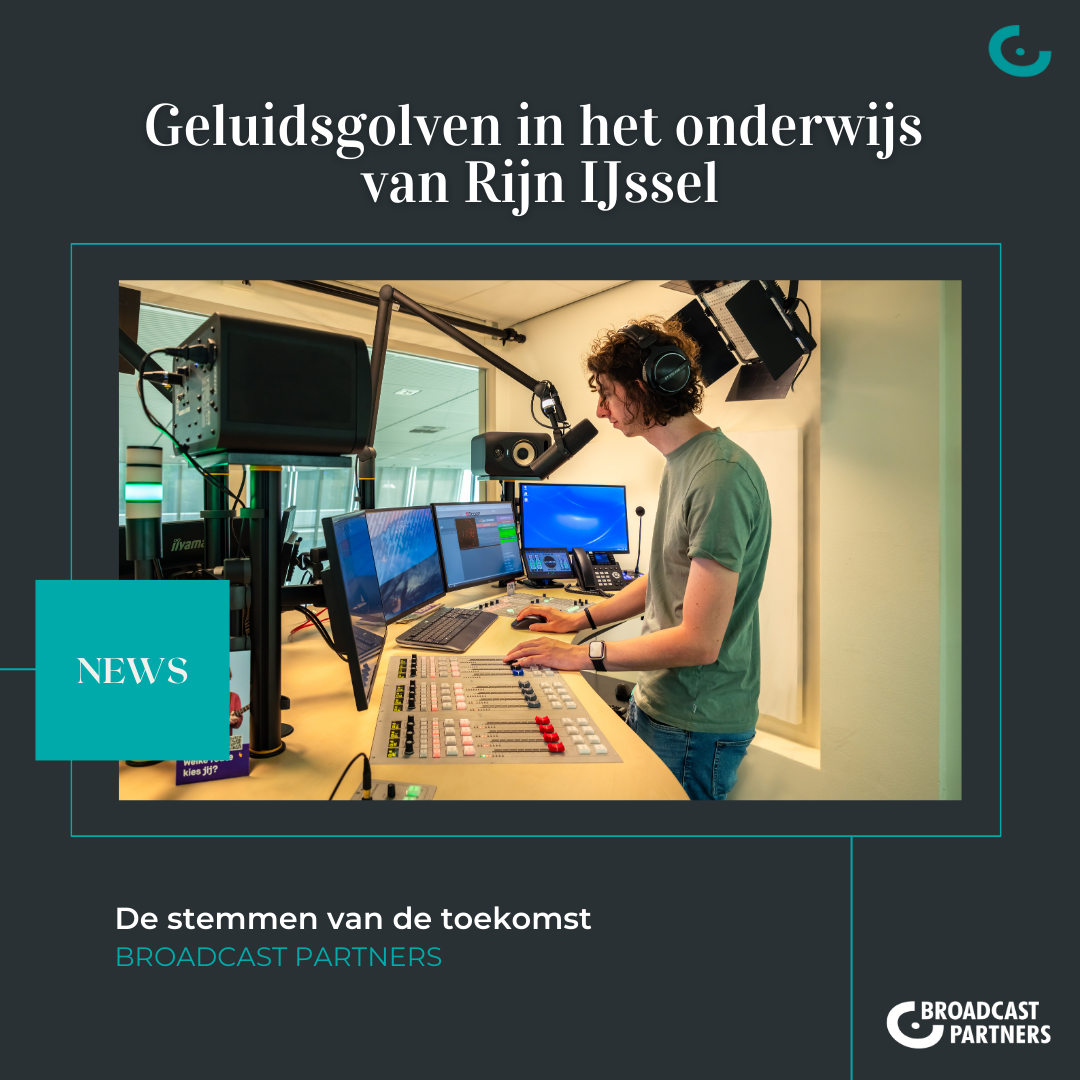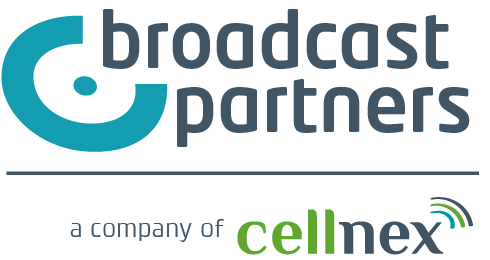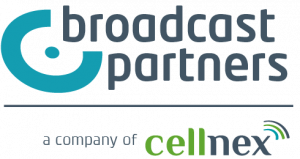It is essential to provide students with practical skills and experience in an evolving world of media. At the school “Rijn IJssel,” they are conscious of giving students practical skills. They have taken an ambitious step to create a fully equipped studio within the school. We spoke to Jelle Seubring about developments and equipment in the studio.

A New Horizon for Creative Education
The establishment of Studio Rijn IJssel Arnhem was a milestone in the pursuit of high-quality media production education. But what drove us to create this fully equipped studio within our school? The answer is simple: we wanted to give our students the best possible foundation for a career in the media world. In the Media Editorial Assistant course (MBO Level-4), radio is one of the core subjects we train students for. Before, we only had a mobile studio, which had no permanent space. With our move, it was the perfect opportunity to invest in a permanent, always available radio studio.
Miscellaneous Applications and Creative Freedom
Our studio has much to offer and is used for radio lessons, projects, podcast recording and voiceovers. What really excites us is that avid students have the opportunity to create their own radio programs. These programs are broadcast on our own radio station, “Radio 026,” which can be listened to online and even in the adjacent cafeteria. In the future, we hope to expand our radio station to all canteens at Rijn IJssel locations, making it a platform truly run by and for students.
From Idea to Realization: Setting Up a Professional Studio
Setting up a professional studio requires planning and expertise. Our team includes several subject teachers active with regional and national broadcasters. We drew inspiration from studios of national stations and internship companies in the radio world. This combination of knowledge led to the realization of Studio Rijn IJssel Arnhem.
Studio Success: Educational Enrichment
The presence of the studio significantly enriched the educational experience. Students are thrilled to work in a professional studio. They soon find that when they do an internship, they already have a lot of knowledge of working in a real studio. The fact that the studio is above the cafeteria makes it even more special because it is visible not only to our students and faculty, but also to other people in the building.
The Future of Studio Rijn IJssel Arnhem
We are looking at possible collaborations with community organizations in the region, where students can be involved in various projects. Currently there are no concrete plans, but the possibilities are endless.
Challenges and Growth
Of course, there are challenges in setting up and maintaining a studio. We have invested in network configuration to ensure that the studio can run smoothly. We are also working on improvements in the cooling of the space to reduce noise levels. We have learned that a studio is never truly “finished” and that constant adjustments are necessary to continue to meet the needs of our students and the rapidly changing media environment.
Axum Digital and AETA Equipment.
Buttons are scary! That is always the first impression of many students. But once they get the hang of it, they do dare more. The nice thing about a digital table like the AXUM is that many settings can be hidden, so students don’t accidentally change settings. In addition, resetting a “booth” is also a snap. For the non-stop we broadcast (online and in the cafeteria of several locations), we made a circuit on the control module. The studio defaults to “off air. If the student wants to make a live program, he can easily switch the studio live and turn off the nonstop. We are very satisfied with D&R’s Axum digital mixing console because it offers many customization options. The AETA µScoop and AETA ScoopFone 4G have proven to be reliable tools for on-site connections and live reporting. Students have the opportunity to learn to work with professional equipment, giving them an edge in their future careers. We are also very satisfied with the AETAs we have hanging in the various studios. A set is used for a fixed connection between our fixed and mobile studio. The other is used for the AETA ScoopFone 4G. As a result, we actually never have to change the codec. The connection is steady, opening ports is not necessary and they are simple to manage. A big advantage is that they are powered via PoE, so get your network and audio cables in and you’re good to go. We use the AETA ScoopFone for live coverage on location. That also works perfectly. The talkback on the AXUM makes it easy to communicate outside the broadcast. The only drawback students sometimes encounter: you must not forget to charge it.
Integration into the Curriculum
The studio is fully integrated into our curriculum. Students begin with “dry practice” and gradually learn the ropes. In the second year of study, students have the opportunity to choose a more in-depth elective in radio.
Tip for other schools
It is important to consider facility issues in the space early on, such as acoustics, cooling, electrics and networking. In addition, a radio studio today consists of more than a few audio cables. Almost everything is Audio over IP, which requires good cooperation with network management. But if those requirements and wishes are clear, in our experience, much is possible.
Future Expansions and Collaborations.
We are considering making the studio available for other courses within our school, as well as for technical courses in the future. We hope the studio will continue to play an important role in educating new generations of media professionals.
Continue to Innovate and Inspire
The media world continues to evolve, and we evolve with it. Podcasts have become increasingly popular in recent years, but seem to have a place alongside radio, rather than being a replacement. In our lessons and projects, we capitalize on this. But you never know what new media releases will appear again. We hope to use the Media Editorial Assistant course to continually prepare fresh editors for professional practice. We bet a lot on radio, trying to differentiate ourselves. We anticipate new trends and technologies and adapt our curriculum accordingly. We are committed to continuing to inspire and prepare our students for exciting careers in media. Studio Rijn IJssel Arnhem is more than just a studio; it is an incubator for creativity and innovation. We are proud of what we have accomplished and look forward with enthusiasm to the future as we continue to grow, learn and inspire in the world of media and creative industries.
In conversation with Jelle Seubring of School Rijn IJssel
Photo: Rijn IJssel
Website: More than 150 Mbo courses in Arnhem and Wageningen | Rijn IJssel






